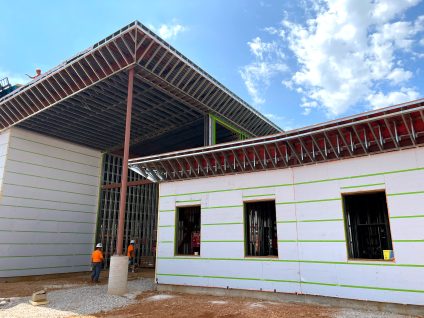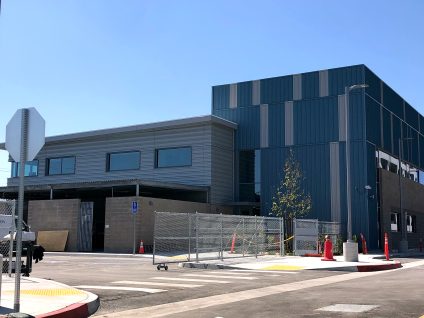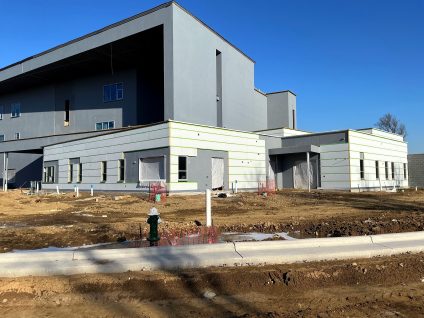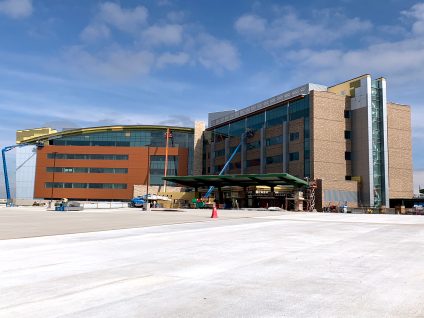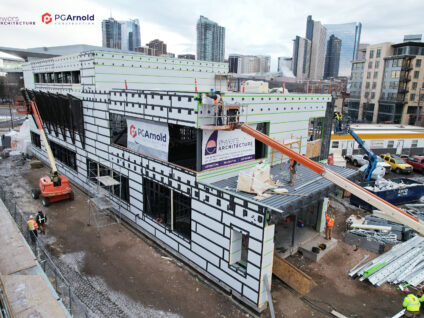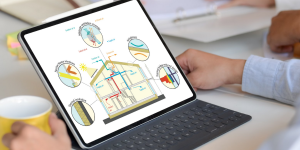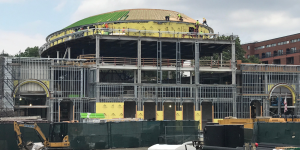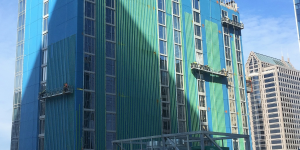Best practice: environmental impact in construction
Adopt sustainable practices to minimize the environmental footprint in construction with continuous insulation and building enclosure systems.
Best Practices
Environmental Impact
Environmental impact concerns the effects of building practices on nature, highlighting the importance of sustainable methods in continuous insulation and building enclosure systems. This aspect is crucial for minimizing energy use, reducing waste, and conserving resources, thereby lowering the ecological footprint of construction. By adopting best practices for environmental impact, designers and builders can create energy-efficient buildings that harmonize with their ecosystems, promoting sustainability in the built environment for lasting community and planetary benefits.
Features
Carbon neutral/net zero manufacturing process
Systems produced using a carbon neutral or net zero manufacturing process significantly reduce greenhouse gas emissions, supporting global efforts in promoting sustainability in construction.
Declare label
Products with a Declare label provide full transparency about their composite and origin, enabling architects and builders to make informed choices about materials that are safe for both people and the planet.
Red List free
Systems that are Red List free do not contain any harmful chemicals listed on the International Living Future Institute’s Red List, ensuring that the building materials are environmentally friendly and non-toxic, thus contributing to healthier indoor and outdoor environments.
Environmental Product Declaration (EPD)
The Environmental Product Declaration (EPD) transparently outlines the life-cycle environmental impact of systems, supporting environmentally-friendly decision-making for thermally efficient building practices.
GreenGirt CMH Environmental Environmental Product Declaration (EPD)
Contributes to LEED points
By meeting various sustainability criteria, including energy efficiency and responsible material sourcing, these systems can contribute to obtaining LEED points, aiding in the certification of buildings as environmentally responsible and resource-efficient.
How GreenGirt and SMARTci Systems Meet and Exceed Environmental Impact Standards
GreenGirt CMH and SMARTci systems lead in sustainable construction by exceeding environmental standards. Their carbon neutral and net zero manufacturing reduces emissions, aligning with global sustainability initiatives. With the Declare label, these systems offer transparency and are free from harmful Red List chemicals, enhancing environmental health. Additionally, they contribute to LEED points, promoting energy efficiency and resource conservation in buildings. These features make GreenGirt CMH and SMARTci models of eco-friendly building practices.




